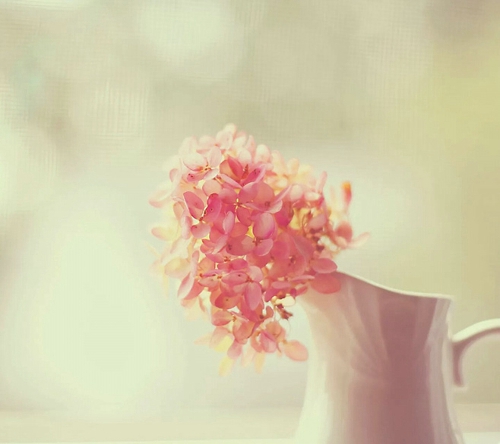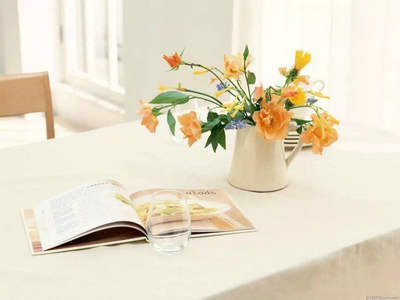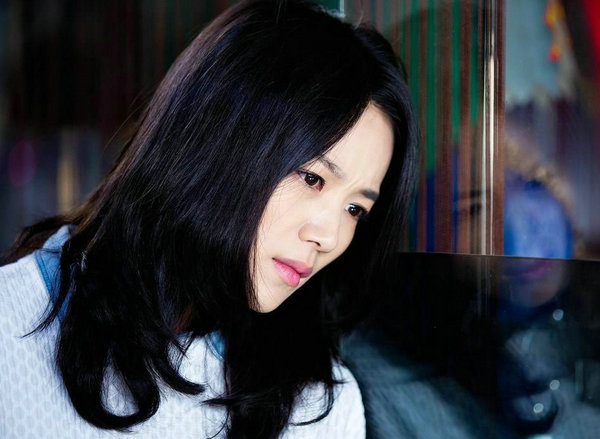
宏村的导游词
嗨,大家好,我是北京旅行社的导游,我叫陈子杉,大家可以叫我小陈或陈导。
今天很高兴能担任大家这次神秘旅行的导游。
请大家注意一些事情。
首先,你不能打扰住在这里的居民,要不然你们的票票就要飞喽!其次,在许多未列入参观范围的明清民居中,如果你跟居民打招呼,你就可以到他的家里去玩。
大家知道吗
宏村位于安徽省东北部,始建于南宋绍熙年间(公元1131年),至今800余年。
它背倚黄山余脉,云蒸霞蔚,恰似山水长卷,融和人文景观为一体,被誉为“中国画里的乡村”。
2000年11月30日,被列入了名录。
全村现保存完好的明清古民居有140余幢。
宏村是中国古代依据仿生学建造的,整个村落呈“牛”型结构布局——“山为树为角,桥为四蹄屋为身”,被誉为当今文化遗产的一大奇迹。
那巍峨苍翠的雷岗当为牛首,参天古木是牛角,由东而西错落有致的民居群宛如宠大的牛躯。
以村西北一溪凿圳绕屋过户,九曲十弯的水渠,聚村中天然泉水汇合蓄成一口斗月形的池塘,形如牛肠和牛胃。
水渠最后注入村南的湖泊,鹆称牛肚。
人们又在绕村溪河上先后架起了四座桥梁,作为牛腿。
历经数年,一幅牛的图腾跃然而出。
这种别出心裁的科学的村落水系设计,不仅为村民生产、生活用水提供了方便,更创造了一种“浣汲何妨汐路远,家家门前有清泉”的良好环境。
宏村依山伴水而建,村后以青山为屏障,地势高爽,可挡北面来风,既无山洪暴发冲击之危机,又有仰视山色泉声之乐。
八九百年前的建村者便有先建水系后依水系而建村的前瞻,所以使它有了水一样的灵性,这也正是它比其他徽派建筑的村落更具魅力的原因。
今天的旅行就到这里,你们的满意是我最大的成功。
你们的快乐是对我最大的回报。
西递宏村导游词
Good morning, Ladies and gentleman. Welcome to Huangshan city. First, Id like to introduce myself. My name is XXX . During your stay here, I’ll be your local guide. It’s my honor to be of your service. I’ll try my best to make your stay comfortable. Now, I want to say something about your itinerary. You will be here for about three days. The first day you’ll visit the ancient civilian buildings in Xidi and Hongcun village and you will spend two days enjoying the most beautiful scenery in the Yellow Mountain.Ok, now we are heading for Xidi village, it’s about one hour’s bus ride. On our way to the village, you can enjoy the beautiful scenery in the countryside and I’d like to give you a brief introduction about Xidi village.Xidi village lies in the southeast of Yixian County. It extends 700 meters from east to west, 300 meters from north to south and it covers an area of 16 hectares, with 320 households and 1100 villagers.There is a small river which flows through the whole village, with a hill in front of the village blocking its course, so it flows to the west instead of the east. That’s how Xidi got its name.The topography of Xidi village is well planned. It looked like a sailing boat from the high position. 122 houses, in black, white and gray colors, were built in the 18th and 19th centuries. Each has white walls, with elaborated shaped eaves and courtyards. The design of the streets and lanes are what they used to be, maintaining their ancient style of life and architecture. So in Jan. 2000, it was named by UNESCO as the world cultural heritage. From then on, lots of tourists have come to visit it.An old Chinese saying goes that there will be no town if there is no Huizhou-style building and there will be no business if there is no merchant from Yixian County. Obviously, the Yixian fellows have played an important role in the Huizhou business sector. The successful merchants and high-rank officials gathered enough power and wealth. They came back to build their houses to show their respect for their ancestors and show off their wealth and position. But the strict hierarchy of society was also shown in the construction of household. At that time, only the emperor has the right to build the grandeur building as seen in the Forbidden City. So the merchants could only choose the best materials and plan most sophisticated workmanship to show off their wealth and position. In Xidi village, you can see many examples of fine stone carving, wood carving, bamboo carving and brick carving in doors and windows.Ok, here we are. Let’s get off the bus and bring your camera. The first sight that comes to us is a high archway---- the Archway of Hu Wenguang, the only survival of nine archways from the Cultural Revolution. This archway was built in the Ming Dynasty to reward Hu’s devoted service and efforts for the public interest. Hu Wenguan, once being a high-ranking official like the governor of our province, was a native of this village. This archway is a fine example of stone carvings.Now we shall go to the second stop---Hongcun village, about half an hour’s bus ride from here. Compared with Xidi village, Hongcun village is more primitive, not so commercial. Because the place is full of beautiful scenery, Hongcun Village has always enjoyed the name a village in the Chinese painting. Now can I ask you a question? Have you enjoyed the film Crouching Tiger, Hidden Dragon? Some of the scenes are shot in this village. The most fascinating thing about this village is its design. It was designed and constructed in the shape of a buffalo. The Leigang Hill at the west end is like a buffalo’s head, with two big trees (one maple \\\/poplar and one ginkgo, both are more than 500 years old) at the entrance like two horns, four stone bridges across the Jieyang River are like the four legs of the buffalo, the blocks of ancient houses in the village make up the body, while a long stream of 1000 meters winding among the houses is just like the bowel of the buffalo, a pond in the shape of a half-moon is the stomach, and a larger pool in the south of the village (Nanhu Lake) is the belly of the buffalo. The local people used their industry and intelligence to design and construct such a buffalo-shape village.The village started to take shape 800 years ago when the ancestor moved from other villages after heavy losses from fire. So from the very beginning, the villagers have been conscious of making water supply handy to each family in case the wood- structured house caught fire again. Now people will find a water canal running along every residence.The village still preserves over 140 dwelling houses from the Ming and Qing dynasties, all in excellent condition. All the buildings have exquisite carvings and are magnificent symbols of its time. Among them, Chengzhi Hall, which is regarded as the “countryside palace museum, is a typical representative of ancient Hui-style residence by a rich merchant Wang Dinggui. Now, dear friends, seeing is believing. Now we are arriving at the Hongcun village. I am sure you will be impressed by the beautiful scenery in the small village. Come on, let’s go and enjoy it.Thank you.
2011年安徽导游考试用书,谁能帮我找几本比较有用的,谢谢
导游考试不就那几本吗安徽导基,走遍安徽,全国导基,政策法规,导游技能,文学常识你到当地的旅游书店都可以买的到,然后在网上找到历年的考试题目,做做就差不多了……面试就更简单了,首先不要紧张,然后看看导游词,最好是让有去过这些地方的导游给你写个(有条件可以去下这些地方)。
天柱山、黄山、九华山、花山谜窟、新四军军部旧址、宏村、西递、齐云山、太平湖等等望 采 纳有不明白的可以问我 呵呵
安徽导游词的图书目录
各位来自世界各地的游客们,你们好
欢迎来到“世界遗产”之北京故宫,我是来自遂昌的翁导游,下面我就带大家去细细游赏一番吧。
中国明清两代的皇宫,又称紫禁城,地点位于北京城中心。
开始建造与明永乐四年至十八年,也就是现在说的1406年至1420年,后来经过多个朝代的劳动人民细心修改,变的非常的富丽堂皇,但仍保持着原来的布局和规模,,是世界上保存的最完整、规模最大的古代木构架宫殿建筑群。
最先的设计人是蔡信、阮安等,主持施工的人是蒯详、陆详等,名字里都有详哦
我们说完了北京故宫的历史和人物建造,现在该说说外观和排列顺序了把
这座城设四个门,南门正中面是午门、北边是神武门、东为东华门,西为西华门,四门个建有重檐庑殿顶门楼。
这座城的四个角都还布有一些结构精巧、外观秀丽的角楼。
外面的墙有10米多高呢
还有护城河宽52米,够宽的吧
长3800米,整个建筑群按南北中间的中轴线为对称布局,层次分明,主次有序。
听完了一以上那些,你应该对北京故宫有些了解了吧
可能你还不知道把,连皇帝的住所都是那么井井有条
文化殿,武英殿是面阔九间的但檐歇山顶建筑。
文化殿是皇帝听大臣讲书的地方,武英殿是皇帝吃饭、居住和召见大臣的地方。
后三宫、东西六宫和乾清宫和坤宁宫通直御花园。
坤宁宫和乾清宫是内廷的正殿、正寝,是皇帝、太后和皇后的正式居住场所,平均面积宽九间,为重檐庑殿顶。
前三殿是全宫最大的建筑群,占地面积有达8.5万平方米,是宫城的12%,后三供则为前三殿的25%,期于宫殿依次递减,主要突出前三殿、后三宫的主要地位。
1961年定位中国第一批全国重点文物保护单位,已被联合过教科文组织列为世界文化遗产。



